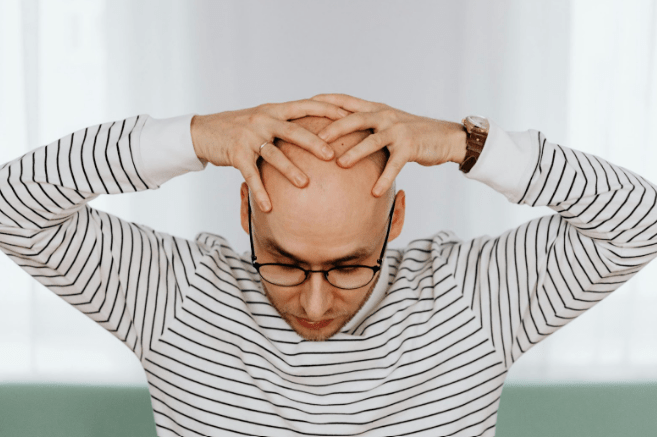
Being bald isn’t all bad. Many people voluntarily shave their heads – including a growing number of women. However, not everyone is as excited by the prospect of having no hair. In fact, hair loss can be a distressing experience for many men and women who do not have a choice.
Fortunately, there are some treatments you can explore beyond wearing a wig. This post explores the effectiveness of these treatments and what they entail.
Prescription drugs
Drugs like minoxidil and finasteride are sometimes prescribed to combat hair loss and both can be very effective. However, there are conditions that users have to be aware of.
Minoxidil (known more commonly by the brand name Rogaine) is commonly used to treat pattern baldness in men and women. When applied to the scalp, it can help encourage hair growth by increasing blood flow. However, it needs to be taken constantly for it to keep working – if you stop taking it, hair loss will return.
Finasteride (commonly known by the brand name Propecia) affects the size of hair follicles and can stimulate hair regrowth. Like minoxidil, it needs to be constantly taken. It is not always a successful treatment option and seems to be ineffective for most women.
Both of these drugs can be prescribed by a doctor and cost about $15 per month. While some people experience headaches or acne, severe side effects are very rare.
Laser therapy
Low-laser therapy has been found to be an effective way of encouraging hair regrowth for men and women. It works by stimulating hair follicles and activating cellular regeneration.
Side effects are pretty rare. Some people experience dry hair and scalp, but there is no scarring due to the low strength of the laser.
This treatment costs about $200 to $500 per session and is carried out at a specialist clinic. It has a success rate of about 80%, but results typically only last for 6 months, at which point another session will need to be carried out.
Hair transplant
A hair transplant is the most certain way to combat hair loss – these procedures have a success rate of over 95%. Just how does a hair transplant work? By taking hair from one part of the scalp and grafting it onto a balding area of the scalp.
Being a form of surgery, you can expect some soreness afterwards while it heals. Initially, you may experience some additional hair loss, but this will grow back.
Hair transplants cost more than other treatment options (over $4000), but their success rate and permanence makes them a popular option for those who are serious about fighting baldness.
The future of hair loss treatment
Research into stem cells and JAK inhibitors is already showing encouraging evidence that reversing hair loss may be possible in the future – potentially without the need for surgery. Successful tests have been made on animals, but there is still not enough testing on humans for this treatment to be made publicly available.
Right now, hair transplants are the most modern and effective solution to hair loss. By choosing a reputable hair transplant surgeon, you can guarantee the best results.




